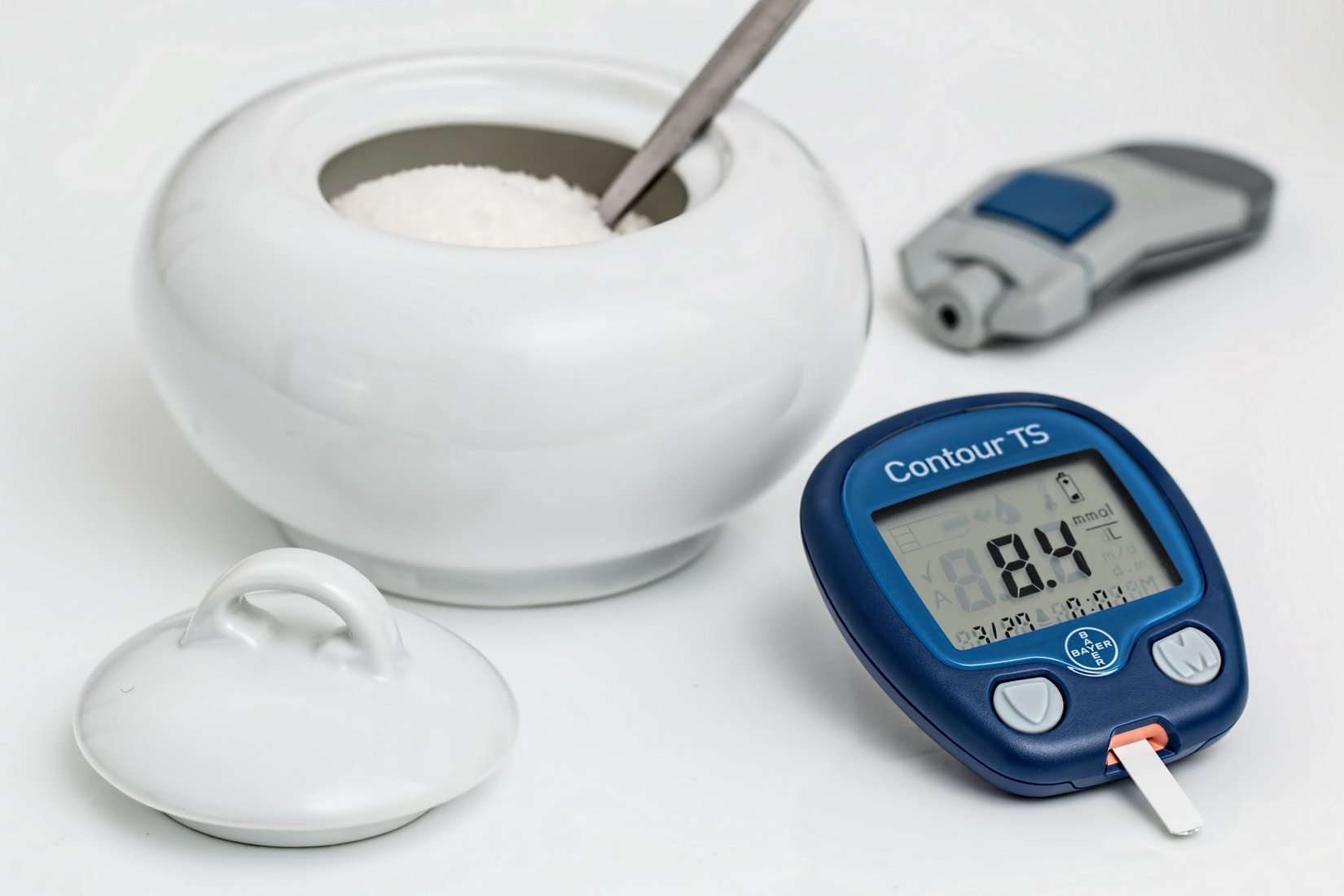An Overview of Wound Care for Diabetics
For people with diabetes, a minor wound that seems like no big deal to other people can lead to severe infection and even amputation. It’s important for people with diabetes to take every wound seriously and to make treating it a priority. Here is a closer look at wound care basics that every person with diabetes needs to know.
Clean and Bandage the Wound Immediately
If you are injured, clean the wound thoroughly as soon as possible, and apply a bandage or dressing. This bandage or dressing should be changed daily, so bacteria don’t have a chance to infiltrate the wound. Before you put on the dressing, be sure to dry the wound completely. Bandaging a wet wound could trap moisture inside, which could feed bacteria. If your wound seems too large to treat at home, see a doctor to have it cleaned and bandaged.
Inspect the Wound Daily
As the wound heals, it is important to keep a close eye on it so that you can spot any signs of infection. Look for redness around the site of the wound or a strong smell emanating from the injury. Wounds that become infected may also become painful and feel warm and inflamed. For people with diabetes who have neuropathy, the symptoms of a wound infection deepening may not be noticeable, so daily inspections will help you catch any issues.
Call the Doctor
If a wound shows any signs of infection, or if it is simply slow to heal, call your doctor. About 80% of amputations in people with diabetes start with a foot ulcer, so a minor wound can quickly escalate. By getting fast care for a wound and help with managing it, you can ensure that you don’t experience that kind of outcome.
Life Care Center of Sierra Vista offers 24-hour skilled nursing, inpatient and outpatient rehabilitation, and a certified wound care specialist on site. Learn more about this nursing home in Sierra Vista by calling (520) 458-1050.
This content has been submitted by authors outside of this publisher and is not its editorial product. It could contain opinions, facts, and points of view that have not been reviewed or accepted by the publisher.

